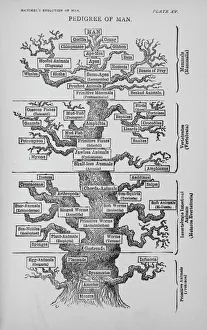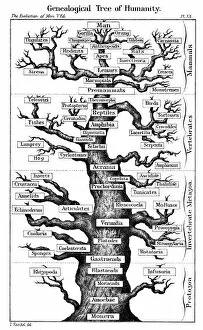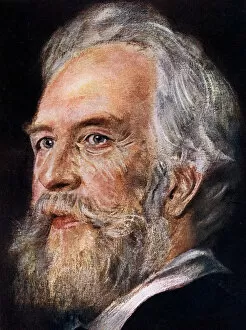Ernst Heinrich Philipp August Collection
Ernst Heinrich Philipp August Haeckel, a renowned German zoologist and evolutionist, left an indelible mark on the scientific world with his groundbreaking work
All Professionally Made to Order for Quick Shipping
Ernst Heinrich Philipp August Haeckel, a renowned German zoologist and evolutionist, left an indelible mark on the scientific world with his groundbreaking work. Born in 1834, Haeckel's contributions to the field of biology continue to shape our understanding of life's intricate web. One of his notable works is "Pedigree of Man, " a masterpiece that depicts the evolutionary history of humanity. Created in 1874, this captivating illustration showcases Haeckel's deep fascination with the origins and development of human beings. In another remarkable piece titled "Village, Sumatra, Indonesia, " painted in 1906, Haeckel captures the essence and diversity of village life on this enchanting Indonesian island. Through vibrant brushstrokes and meticulous attention to detail, he transports us into a world brimming with cultural richness. Haeckel's exploration extended beyond humans; he delved into embryology as well. His series on mammal embryos from 1905 offers a visual comparison between pig, cow, rabbit, and human embryos. These intricate illustrations highlight both similarities and differences among these species during their early stages of development. Continuing his study on embryos in 1910, Haeckel produced striking depictions showcasing sauropsid embryos – further expanding our knowledge about reptiles' developmental processes. Haeckel also ventured into paleontology by creating a comprehensive tree diagram illustrating vertebrate evolution in 1910. This pioneering work provides valuable insights into how different species have evolved over millions of years. Throughout his career spanning several decades until his death in 1919 at age eighty-four, Ernst Haeckel remained dedicated to advancing scientific knowledge through artistry and research. His unwavering commitment earned him recognition as one of Germany's most influential scientists.









